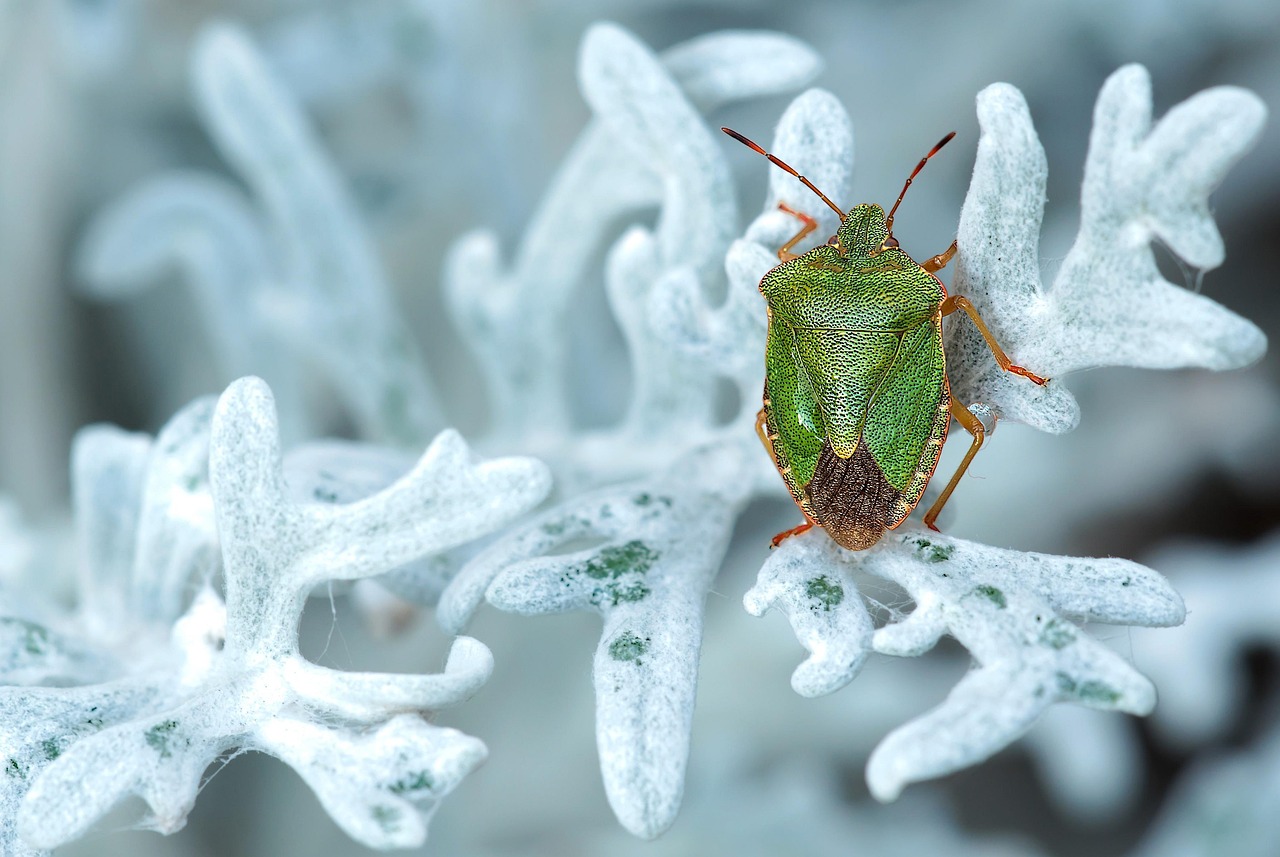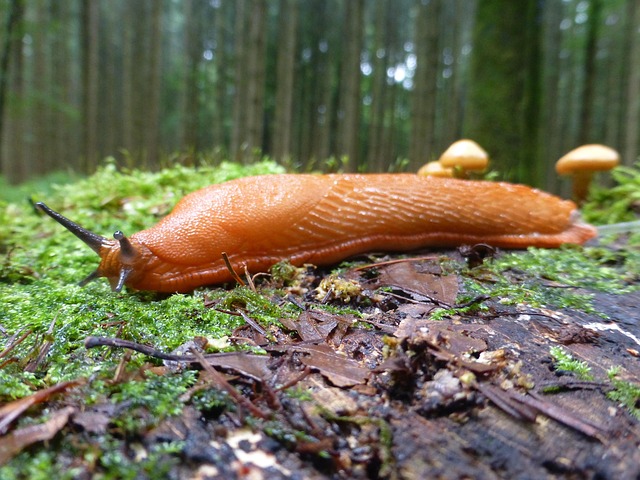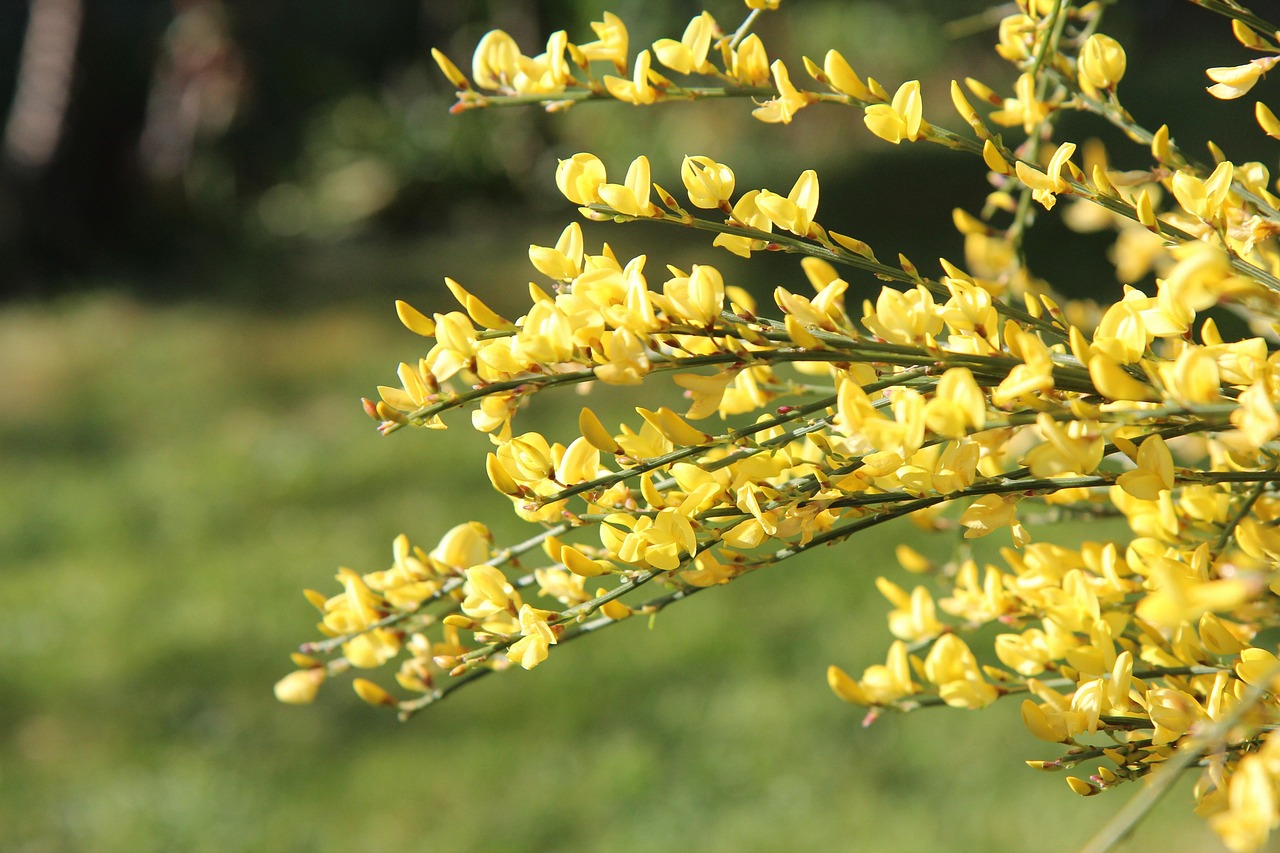In this edition of the Lincoln County Gardner, Ross McCann talks with Master Gardener Janice Smith about insects and other garden "bugs." They are mostly beneficial to your garden, so learn how to live with them and control the unwelcome ones.


In this edition of the Lincoln County Gardner, Ross McCann talks with Master Gardener Janice Smith about insects and other garden "bugs." They are mostly beneficial to your garden, so learn how to live with them and control the unwelcome ones.

You can also listen to Julie and Ross McCann discuss slugs/snails and their control on KYAQ radio. Here's the recording of their interview:
If you've spent any time gardening in the Pacific Northwest, you are probably very familiar with slugs and the damage they cause to plants. These hungry little mollusks love our damp, temperate environment. Whenever we have wet weather, we're likely to find them out and munching away on our most delicate plants, leaving holes in leaves and the telltale slime trail behind them.
As gardeners, we all have to decide how much damage we are willing to tolerate from pests. Slugs eating a few holes in plants may be OK, but if they start to eat entire plants and all of your seedlings, that's a problem. Our native slugs, such as banana slugs, are important parts of the ecosystem, digesting decaying plant matter and putting nutrients back into the soil. They are rarely a problem in gardens. It's the invasive varieties like gray field slugs, brown slugs, and leopard slugs that are very damaging to home gardens and commercial crops.
Luckily, there are some research-backed methods you can use to minimize slug damage. In this article, we briefly cover slug anatomy and habitat, provide tips on how to make your garden less slug friendly, and give details on how to use a simple bread dough slurry to attract and kill them. Slugs and snails are closely related and so the recommendations for slugs apply to snails as well.

It helps to understand some basics about the slugs lifestyle. Slugs are gastropods, gastro meaning stomach and pod meaning foot. Basically, they are walking stomachs and yes, they are coming for your hostas and juicy new lettuce sprouts. They have two sets of tentacles, one to sense light and one for taste and smell. They have a radula, small file-like teeth used to grasp and chew, and make holes in plant leaves as they eat. Perhaps their most famous characteristic is the protective slime coating that helps keep them from drying out. You can often identify slug damage by finding slime trails on the ground and on plants. The slime coating also gives clues about their preferred habitat. They need moist environments and are active mostly at night or when it is cloudy. You'll generally find more of them in the spring and fall.
Another critical point to know is that they are extremely prolific. They are hermaphrodites, meaning they have both male and female reproductive organs. Every animal can lay eggs, and they lay up to forty eggs at a time. Even though slugs only live for 6-18 months, they can lay over 500 eggs in that time. That's a lot of slugs! It also explains why it is so important to start managing their numbers as soon as you start noticing signs of slugs, like those slug trails, and damage on your plants. They (and their eggs) overwinter in the soil and can quickly decimate plants when they emerge in the spring.
There are things you can do to make your garden less friendly to slugs. You can minimize the damp areas of your garden by limbing up trees and shrubs to get more light underneath them, keeping leaf litter to a minimum, and using mulch. You can also encourage their predators. Garden snakes, salamanders, frogs, and some beetles will eat slugs, as will birds, including chickens and ducks. Even so, unless your garden is very dry all year, you'll likely have at least some slugs.
One relatively easy and cheap way to kill slugs is to use a bread dough slurry. The slurry is a similar idea to using beer traps but lets you skip the step of hauling home large quantities of cheap beer and getting odd looks from your neighbors. The advantage of using the bread dough slurry is that it uses commonly found, inexpensive ingredients. The disadvantage is that you do have to monitor it and make sure you have it in a place where you are catching slugs. It can smell, especially when it gets warm. It isn't toxic to other animals but be sure to keep it away from dogs.
An angled Container makes easy access to "slug beach."
To make the bread dough slurry, mix 1 cup of flour, 1 package of yeast, and 2-3 cups to warm water. You can easily double the recipe. Collect some clean plastic or glass containers--large yogurt containers work well--and pour in a couple inches of slurry. For each container, dig a hole and place the container deep enough that the rim is at soil level. You can also dig a smaller hole and put the container in at an angle, making more of a beach for the slugs to crawl in. As noted, slugs do have a sense of smell and are attracted to the slurry. They'll fall in and drown. Replace the slurry every few days, or at least remove the dead slugs and add more water if it has dried up.
If you have a serious slug problem or a particular plant you are trying to protect, there are a couple extra steps you can take. Put the warm slurry down in the evening or early morning and come back an hour later to check it. Chances are there are many slugs heading for that party. Wearing gloves (slug slime is really hard to wash off your hands), pick off all the slugs. Be sure to check around the damaged plants as well, and you may need to do this for several nights in a row. Some will get caught in the slurry, but this helps you catch any that try to escape.
There are many ways to get dispose of the live slugs, but one easy way to kill them quickly is to fill a tall jar, like a peanut container, with water and a squeeze of dish soap. Put the slugs right into the jar and they'll die quickly.
So, keep your eye out for slugs and start treating them as soon as you see signs of them. By providing fewer places for them to live, encouraging predators, putting yeast slurry in strategic spots, and hunting them down, you can help your garden be less of a slug buffet.
You can also listen to Julie Eriksen talk about slug and snail management on a radio segment from KYAQ 97.1 FM.
References:

In this edition of the Lincoln County Gardner, Ross McCann and Master Gardener Larry King chat about invasive plants, including why they cause problems, what specific species are prominent in Lincoln County, and what you can do about it. A list of the invasive species of Oregon can be found here:
https://www.oregon.gov/oda/weeds/oregon-noxious-weeds/Pages/default.aspx
